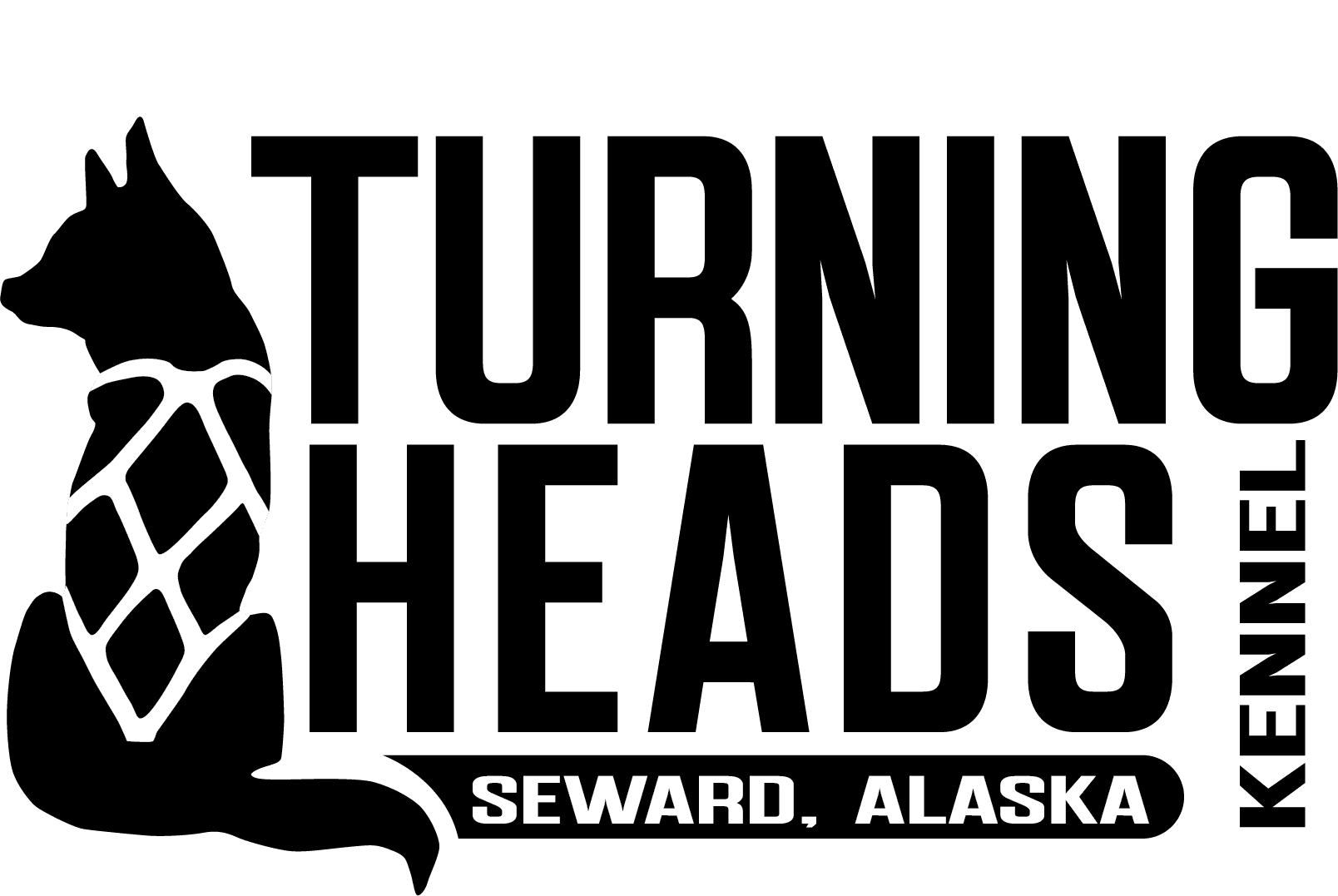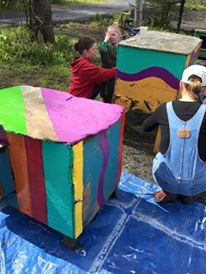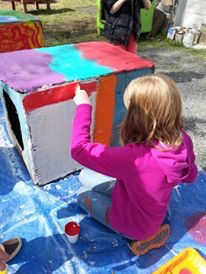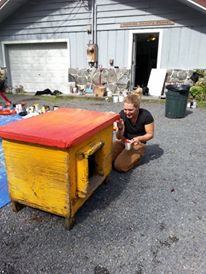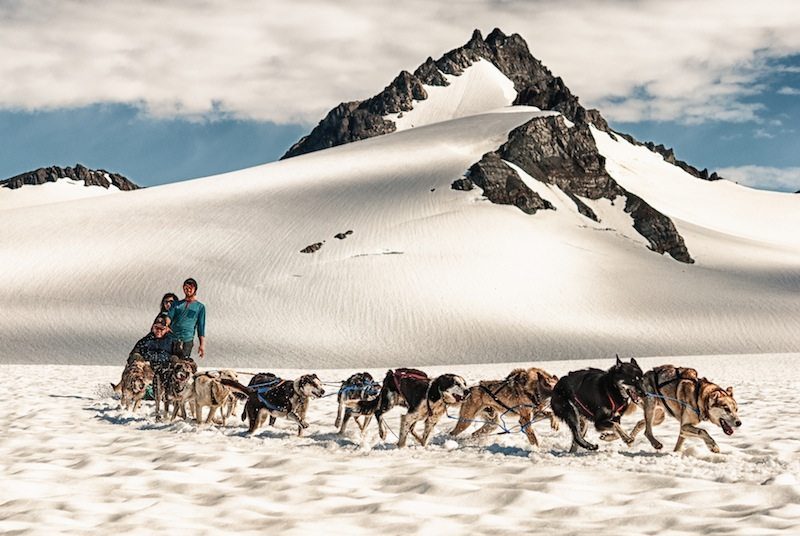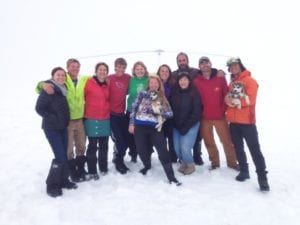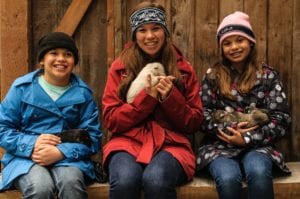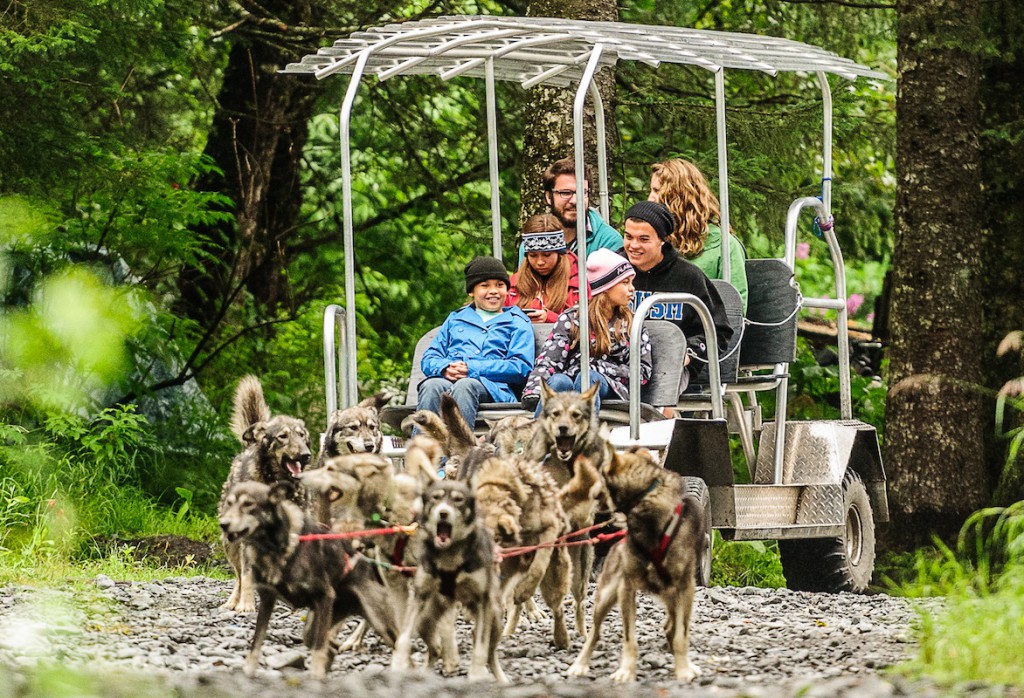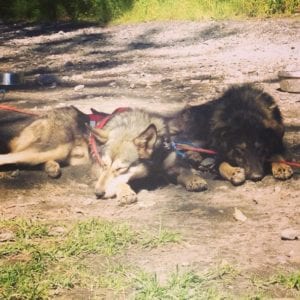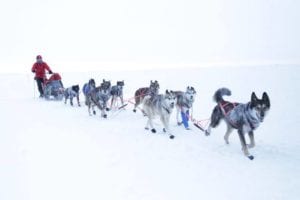Travis has been traveling the last week and so the dogs and I have had plenty of time to ourself. For September, the weather remains warm. I’ve taken advantage of the warm temperatures and set up my new camping hammock in the dog yard.
Sleeping outside with the dogs has, well, been interesting. I picked two trees inside the dog lot to set my hammock up. On Tuesday when I decided to give sleeping out with the dogs a shot I was amazed by how warm it was. I listened to my book on tape and watched the stars, hoping for a northern lights show. Given the forecast for the lights, I considered my odds of seeing them high. Unfortunately, however they did not come out to dance.
I fell asleep, content to be swaying in the light wind. It reminded me so much of the summer I lived on a sailboat. I loved it.
I woke up to Hank barking and growling at me. In the night the shadow of my hammock must have scared him. Max, of course, went up to him and growled right back: come on, Hank. Do you really know who you are barking at?
That was, of course, until I woke up to cold droplets slowly tickling my face. The rain started slow enough that I thought it would pass. I pulled my sleeping bag tighter around me like a bear determined to hibernate.
The more I tried to avoid the rain, the harder it fell. Eventually, without cover from the rain, I moved back inside. Oh the perks of camping in your own back yard!
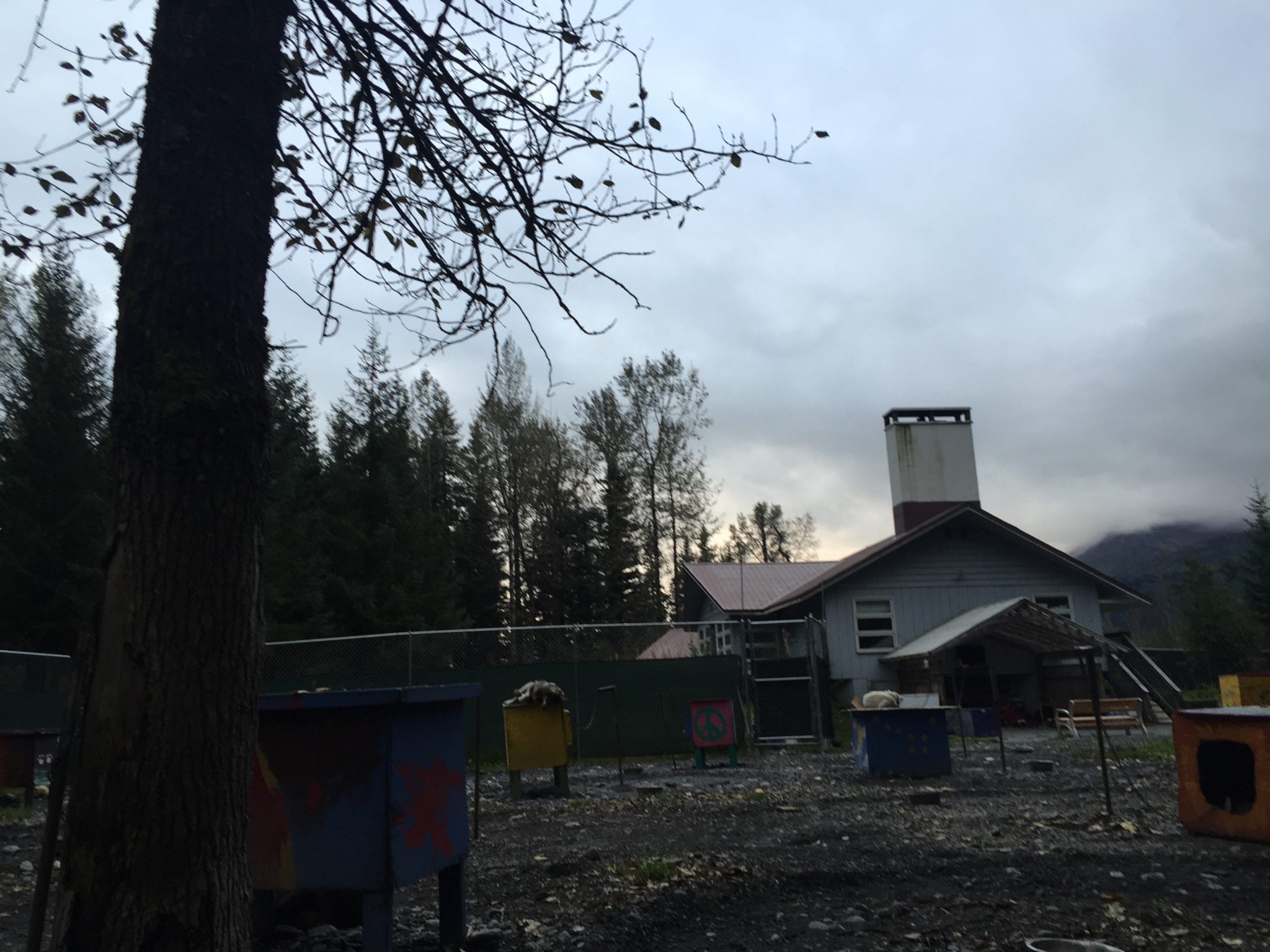
Today went better. I woke a few times. It is funny how the mind works. My immediate thought was “dogs howl at the moon” and then about 2 seconds later the whole kennel erupted in a gloriously beautiful song.
Another Time I could here an animal walking around. The dogs were on full alert and I could hear the tension in the air. The footsteps sounded to me like hooves so I can only assume it was a moose. A bear would have caused a communion.
This morning, I still sit in my hammock. Enjoying the slow peace of watching the dogs emerge from their houses, stretch, and wag their tails at me when they realize I have been with them all night long.
